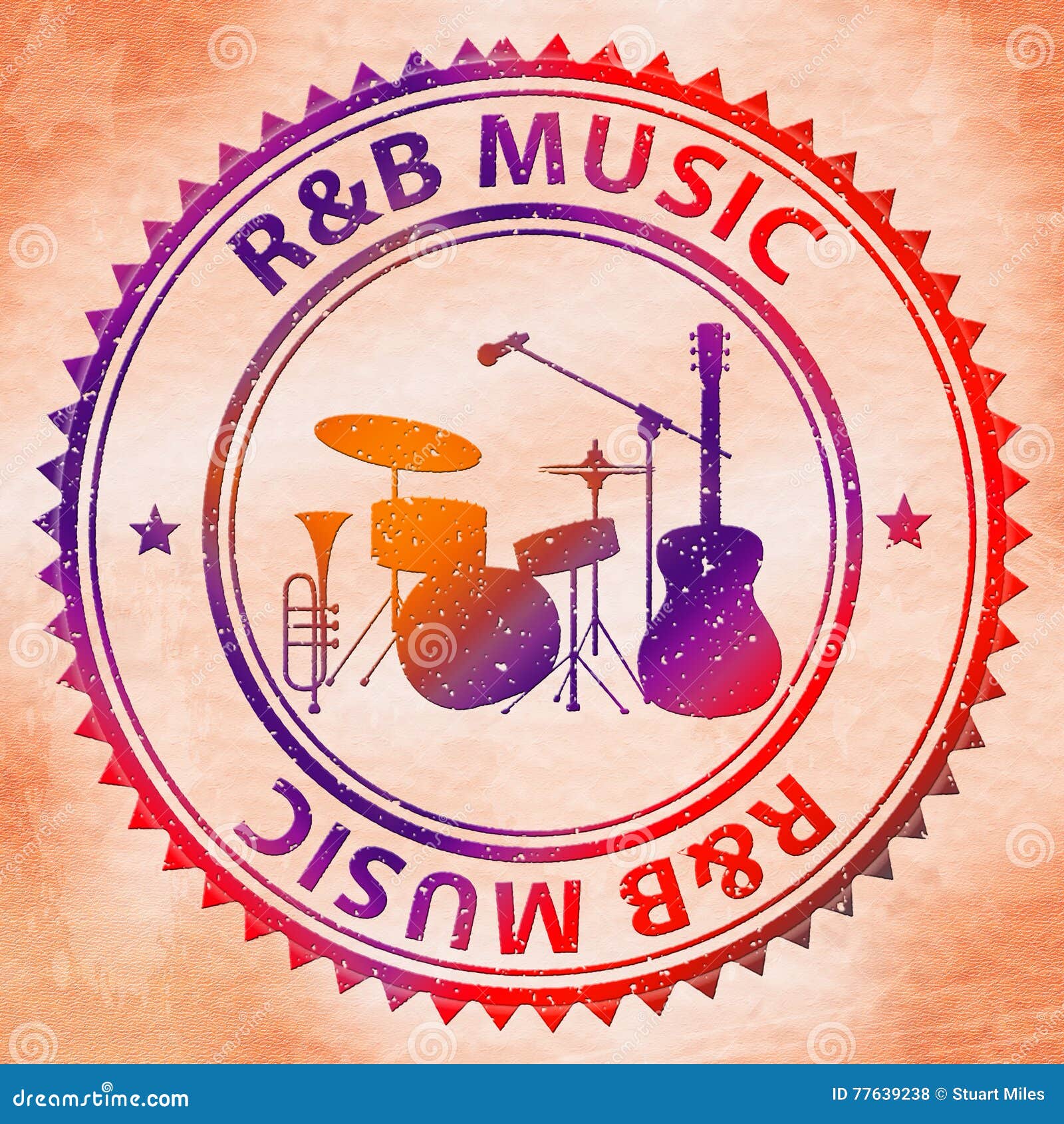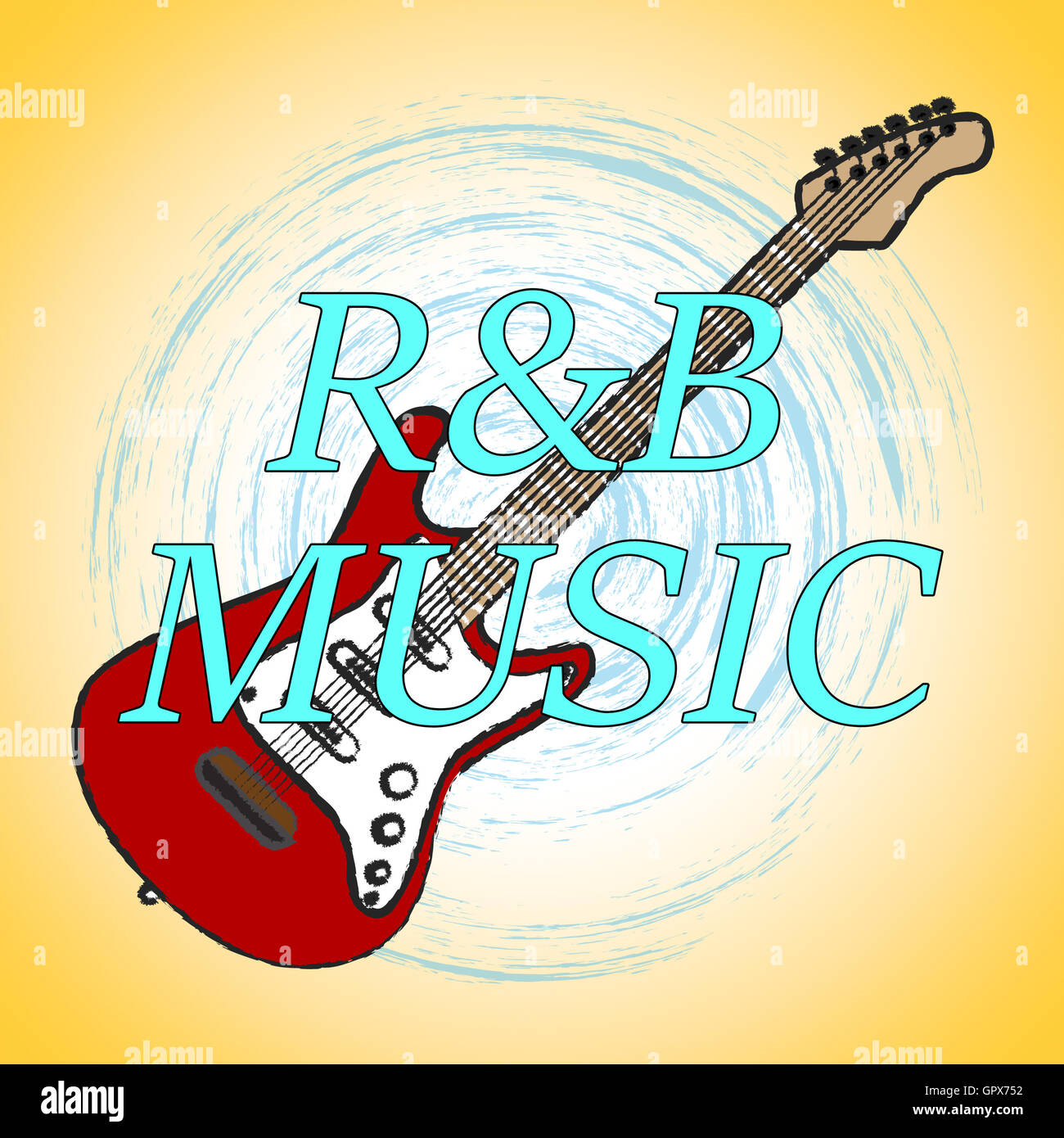

In Montreal the Apollo, Club 217, the Esquire Showbar, Soul Heaven, and the Uptown were primary venues for Dennis Dean, Skipper Dean, Eddie (Watson) and the Preachers, Kenny Hamilton, Roy Hamilton, Trevor Payne (who sang with the Soul Brothers and Triangle), the Persuaders, the Senators, the Soul Mates, and Harrison Tabb, while in Halifax (where Davy Wells starred on the local telecast of CBC's "Music Hop") R&B was heard at the Arrow Club and the Club Unusual. Early Canadian R&B/jazz groups were led in a similar style in Toronto by the pianist Cy McLean (originally from Sydney, NS) and in Montreal and environs by the drummer Johnny Wiggins (Four Soul Brothers) and the trumpeter Billy Martin.īy the 1960s, R&B enjoyed broadly enough based popularity with young, white audiences to give rapid rise to many other local groups. As early as the 1950s Canadian clubs were host to the leading "honkers and shouters," jump bands and vocalists of the day - eg, Louis Jordan, Amos Milburn, and Bill Doggett.


Historically US stars have always been popular in Canada - more so, inevitably, than their Canadian counterparts.

By 1990, the term R&B was again current, embracing as sub-styles soul, funk, "quiet storm," hip hop and "house" variants, and "new jack swing."Ĭanada's contribution to R&B, no less than to pop, country, and rock, was for many years essentially peripheral - largely the presence of a loyal listening and record-buying audience whose taste corresponded to that in the dominant US market. As the term and style of fashion, soul gave way to funk in 1974, funk to disco by decade's end, and disco to black music in the early 1980s, each with its distinguishing traits. Billboard magazine renamed its "Race Records" chart "R&B" in 1949 R&B became soul in 1969. R&B has undergone a succession of stylistic (and corresponding semantic) variations. With the entry of recording companies in Detroit, Chicago, New York, Philadelphia, and Memphis into the R&B market, a variety of regional styles flourished. By the early 1950s, solo vocalists had introduced in a crooning style that blended blues with supper club techniques and broadened the music's appeal to white audiences "doo-wop" harmony groups and gospel-based vocalists further directed the evolution of R&B toward the impassioned "soul" style that would be a significant sound in popular music during the 1960s. Rooted in the "urban blues" style of the early 1930s and influenced by the black jazz orchestras of the swing era, R&B emerged in the 1940s initially in the form of small-band "jump" music with novelty-type vocalists and jazz-based hornmen and organists.


 0 kommentar(er)
0 kommentar(er)
